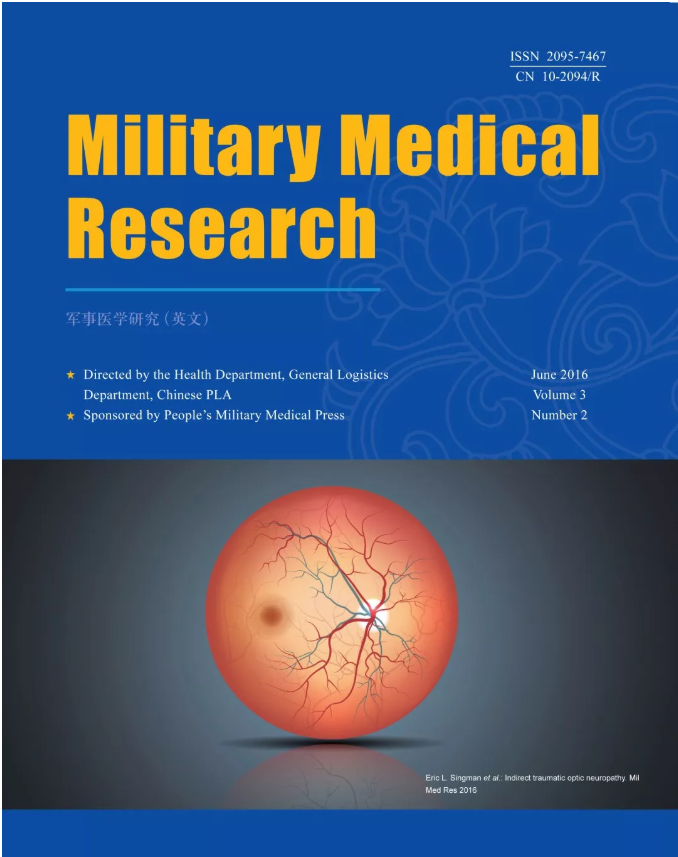1990 至 2021 年良性前列腺增生、尿路感染、尿路结石、膀胱癌、肾癌和前列腺癌的全球负担情况
IF 16.7
2区 医学
Q1 MEDICINE, GENERAL & INTERNAL
引用次数: 0
摘要
常见的泌尿系统疾病,包括良性前列腺增生症(BPH)、尿路感染(UTI)、尿路结石、膀胱癌、肾癌和前列腺癌,其负担因地理位置和特定地区而异。对泌尿系统疾病的全球负担进行全面而精确的评估至关重要。我们从《2021 年全球疾病负担》(GBD)中获得了按年龄、性别、地区和年份分列的上述泌尿系统疾病的发病率、流行率、死亡率和残疾调整生命年(DALYs)数据。我们根据社会人口指数(SDI)和可归因风险因素分析了与泌尿系统疾病相关的负担。我们使用估算的年度百分比变化(EAPC)和 95% 的置信区间(CI)评估了随着时间推移的负担趋势。2021 年,前列腺增生症和UTI 是导致年龄标准化发病率(ASIR)和年龄标准化患病率(ASPR)的主要原因,发病率分别为每 10 万人 5531.88 例和 2782.59 例。前列腺癌是导致年龄标准化死亡率(ASMR)和年龄标准化残疾调整寿命年数(ASDR)的首要原因,死亡率分别为每 10 万人 12.63 例和 217.83 例。从 1990 年到 2021 年,UTI 的 ASIR、ASPR、ASMR 和 ASDR 呈上升趋势,而尿路结石呈下降趋势。中等水平和中低水平的 SDI 五分位数显示出与 UTI、尿路结石和良性前列腺增生相关的较高发病率、流行率、死亡率和残疾调整寿命年数,而高水平和中高水平的 SDI 五分位数则显示出较高的三种癌症发病率。这六种泌尿系统疾病的负担呈现出不同的年龄和性别分布模式。2021 年,高体重指数(BMI)导致全球 20.07% 的肾癌死亡,而吸烟导致 26.48% 的膀胱癌死亡和 3.00% 的前列腺癌死亡。6 种泌尿系统疾病给全球带来的负担是一项重大的公共卫生挑战。迫切需要开展国际合作,推动改善泌尿系统疾病的管理,包括开发有效的诊断筛查工具和实施高质量的预防和治疗策略。本文章由计算机程序翻译,如有差异,请以英文原文为准。
Global burden of benign prostatic hyperplasia, urinary tract infections, urolithiasis, bladder cancer, kidney cancer, and prostate cancer from 1990 to 2021
The burden of common urologic diseases, including benign prostatic hyperplasia (BPH), urinary tract infections (UTI), urolithiasis, bladder cancer, kidney cancer, and prostate cancer, varies both geographically and within specific regions. It is essential to conduct a comprehensive and precise assessment of the global burden of urologic diseases. We obtained data on incidence, prevalence, mortality, and disability-adjusted life-years (DALYs) for the aforementioned urologic diseases by age, sex, location, and year from the Global Burden of Disease (GBD) 2021. We analyzed the burden associated with urologic diseases based on socio-demographic index (SDI) and attributable risk factors. The trends in burden over time were assessed using estimated annual percentage changes (EAPC) along with a 95% confidence interval (CI). In 2021, BPH and UTI were the leading causes of age-standardized incidence rate (ASIR) and age-standardized prevalence rate (ASPR), with rates of 5531.88 and 2782.59 per 100,000 persons, respectively. Prostate cancer was the leading cause of both age-standardized mortality rate (ASMR) and age-standardized DALYs rate (ASDR), with rates of 12.63 and 217.83 per 100,000 persons, respectively. From 1990 to 2021, there was an upward trend in ASIR, ASPR, ASMR, and ASDR for UTI, while urolithiasis showed a downward trend. The middle and low-middle SDI quintile levels exhibited higher incidence, prevalence, mortality, and DALYs related to UTI, urolithiasis, and BPH, while the high and high-middle SDI quintile levels showed higher rates for the three cancers. The burden of these six urologic diseases displayed diverse age and sex distribution patterns. In 2021, a high body mass index (BMI) contributed to 20.07% of kidney cancer deaths worldwide, while smoking accounted for 26.48% of bladder cancer deaths and 3.00% of prostate cancer deaths. The global burden of 6 urologic diseases presents a significant public health challenge. Urgent international collaboration is essential to advance the improvement of urologic disease management, encompassing the development of effective diagnostic screening tools and the implementation of high-quality prevention and treatment strategies.
求助全文
通过发布文献求助,成功后即可免费获取论文全文。
去求助
来源期刊

Military Medical Research
Medicine-General Medicine
CiteScore
38.40
自引率
2.80%
发文量
485
审稿时长
8 weeks
期刊介绍:
Military Medical Research is an open-access, peer-reviewed journal that aims to share the most up-to-date evidence and innovative discoveries in a wide range of fields, including basic and clinical sciences, translational research, precision medicine, emerging interdisciplinary subjects, and advanced technologies. Our primary focus is on modern military medicine; however, we also encourage submissions from other related areas. This includes, but is not limited to, basic medical research with the potential for translation into practice, as well as clinical research that could impact medical care both in times of warfare and during peacetime military operations.
 求助内容:
求助内容: 应助结果提醒方式:
应助结果提醒方式:


